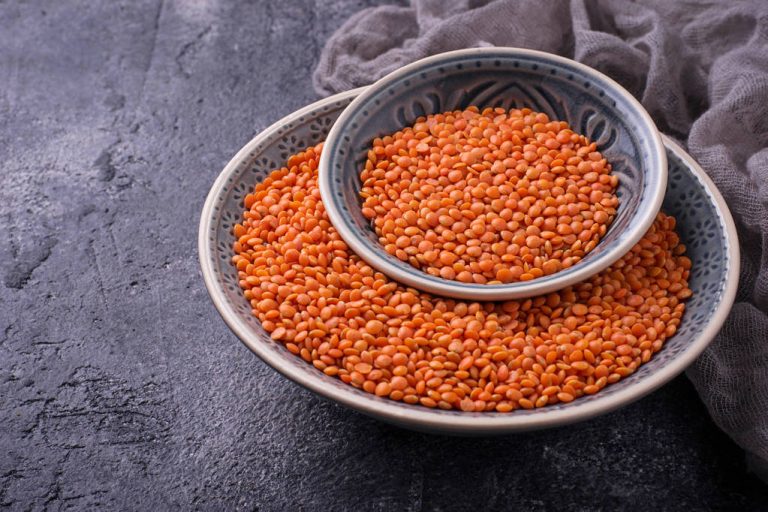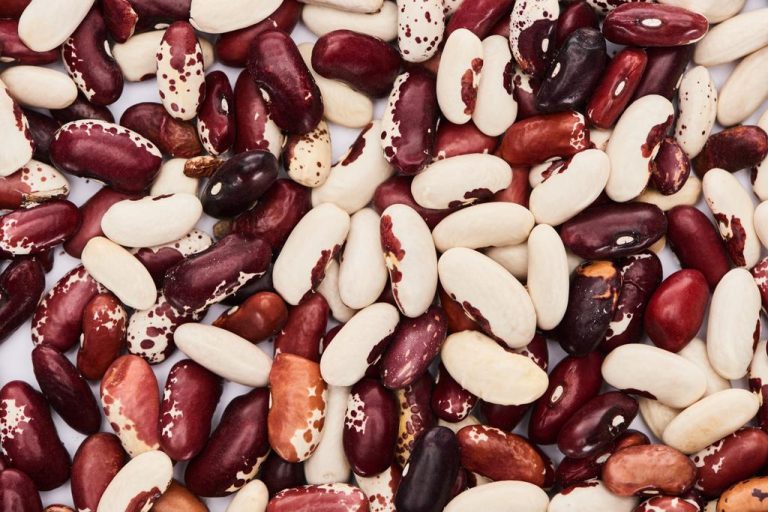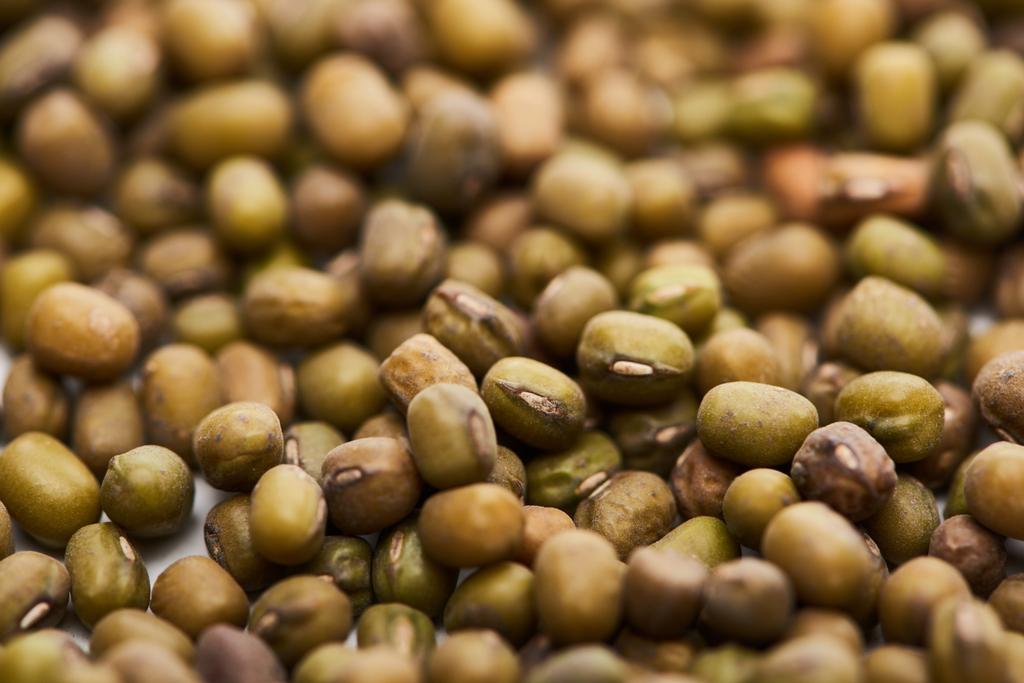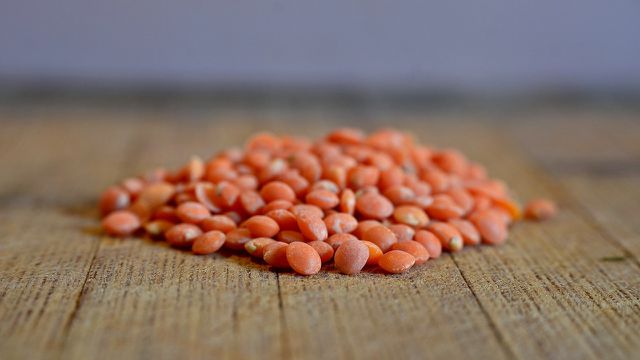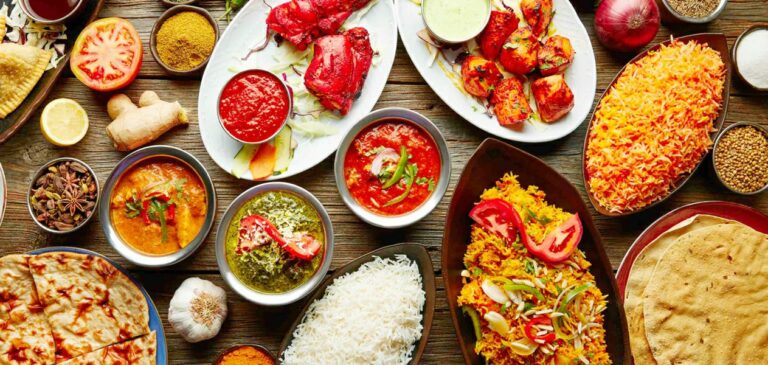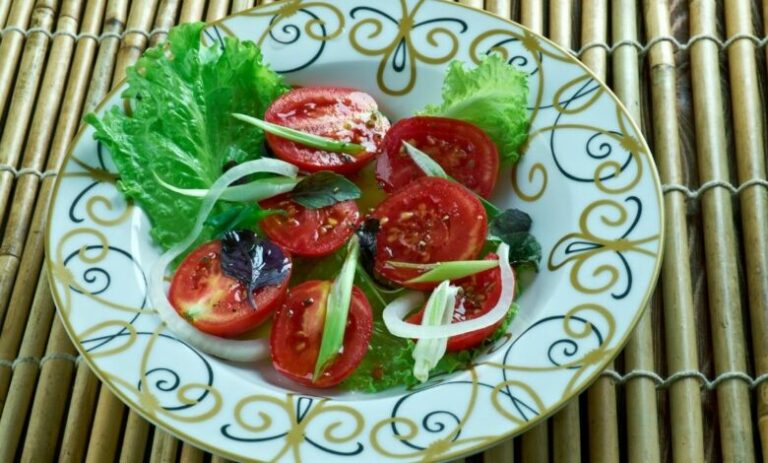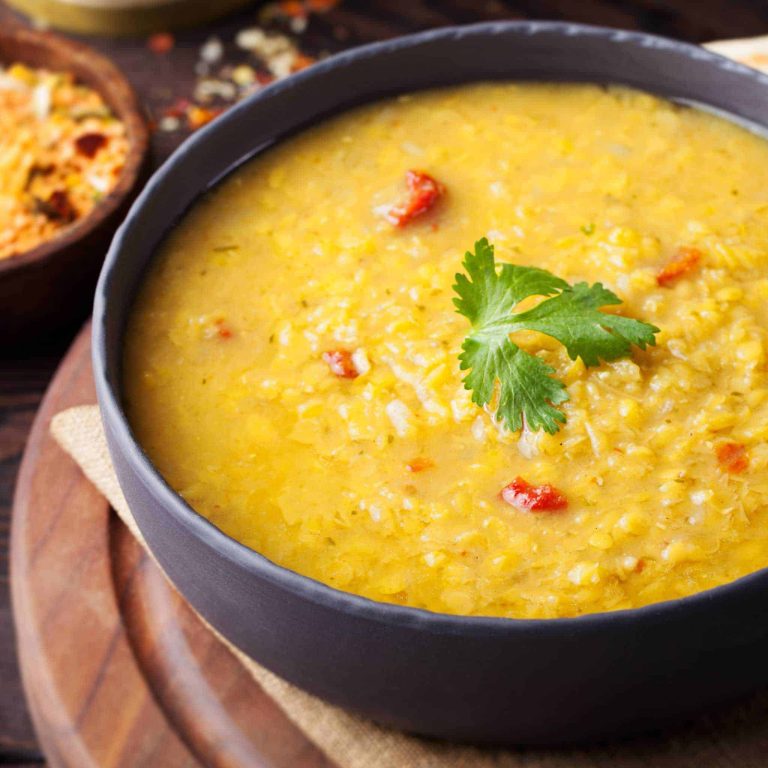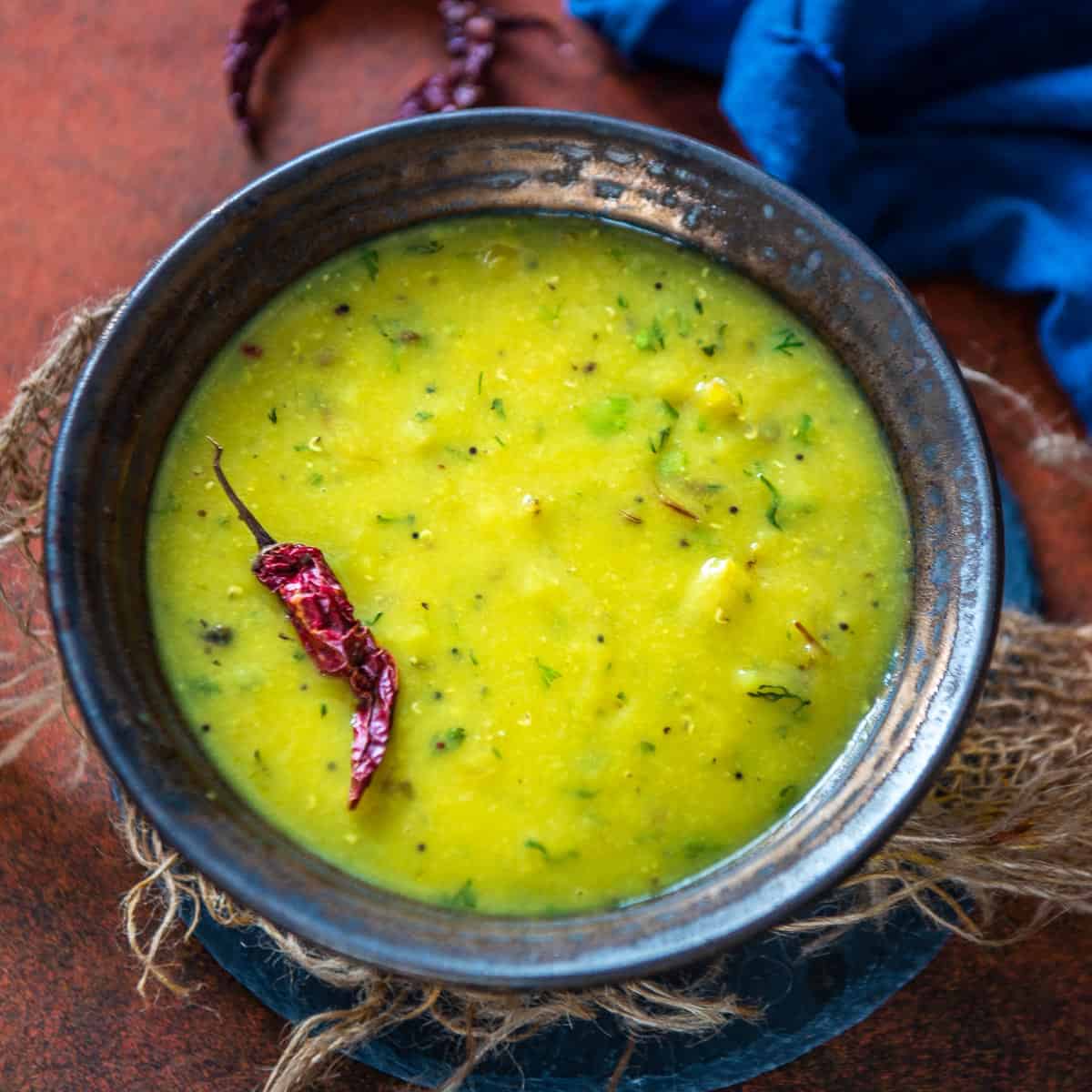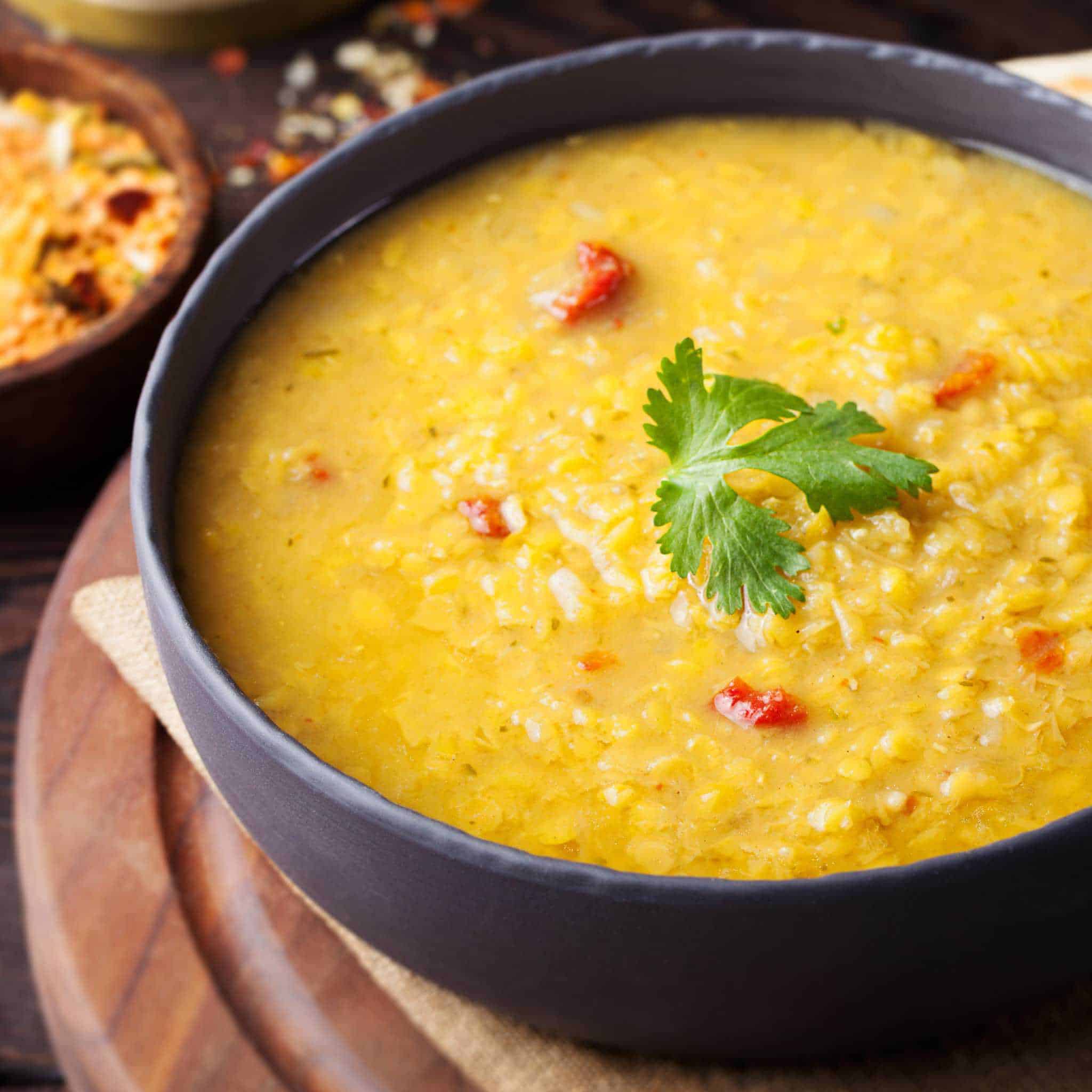Legumes are a great source of protein, especially for vegetarians and vegans. But meat eaters also benefit from the “superfood”. And of course there are also tricks against the intestinal complaints.

There are 730 genera of legumes worldwide. The most important are:
Lentils: Yellow Lentils, Green Lentils, Red Lentils
Peas: Chickpeas, Green Peas
Beans: Soybeans, Runner Beans, Green Beans, Kidney Beans, Lima Beans, Mung Beans, Black Beans, Soybeans
peanuts
lupins
Legumes are an important part of human nutrition because of the possible large yields on small areas and are therefore indispensable.
The most important ingredients at a glance
Vitamin bombs: vitamins B1, B2, B6, B9, C, E, K. Legumes contain B vitamins, among other things, which are among the most important nutrients of all. However, beans and co. usually have to be cooked for a long time, which is why they hardly contain any heat-sensitive vitamins such as the B vitamins.
Protein: No other plant-based food contains as much protein as legumes. This is often of high biological value, i.e. the body can absorb them well (e.g. soybeans). However, they do not contain all the protein building blocks necessary for life. However, a combination with grain, for example, can easily compensate for this deficit.
Fiber: Legumes contain a lot of fiber. However, the values vary greatly depending on whether the seeds are peeled or unpeeled.
Secondary plant substances: Beans, peas and the like contain secondary plant substances such as alkaloids, saponins and isoflavones.
Iron: In addition to the high protein content, the plant-based superfood also has a lot of iron. However, they also contain phytate: a substance that in turn slightly inhibits iron absorption in the body.
Legumes also collect plus points for people with certain intolerances, as they are vegan, gluten-free and lactose-free. Leguminosae, as they are called botanically, are particularly interesting for vegetarians and vegans. Mainly because legumes have a high protein content, the body can easily absorb these proteins and because the fruits provide many other important nutrients.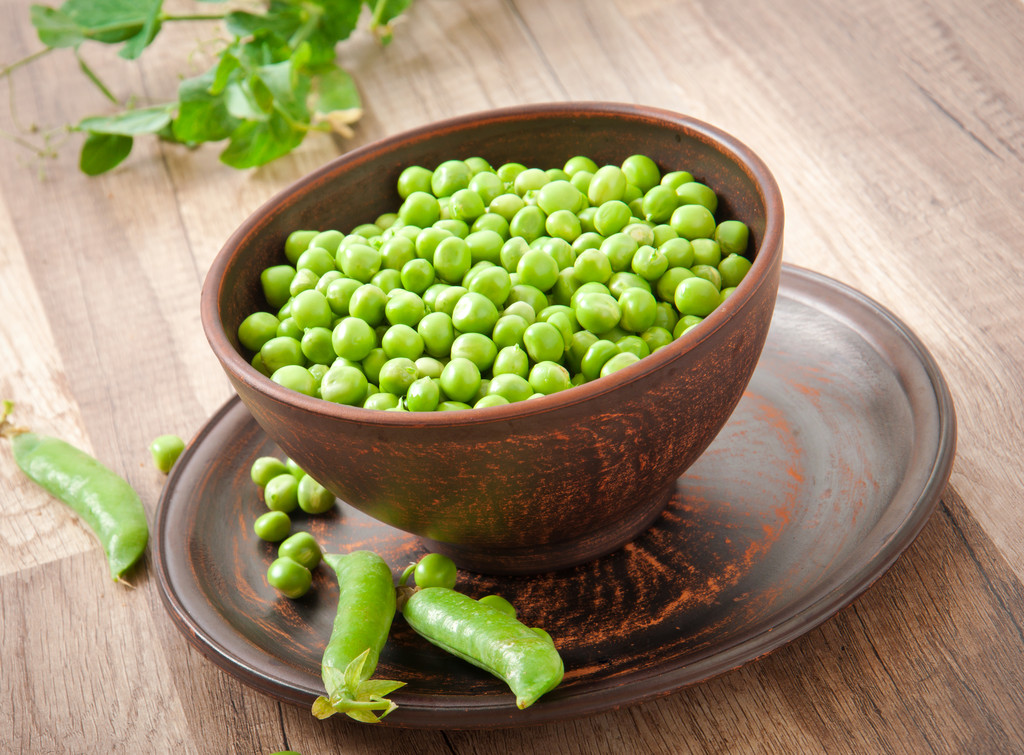
This is how they affect the body
Legumes lower blood pressure and cholesterol levels thanks to vegetable proteins and fiber. This automatically reduces the risk of heart disease and diabetes. Legumes are also appropriate for meat eaters, who often struggle with these diseases through their diet.
The amino acid lysine helps the body produce antibodies, which boosts your immune system.
Proteins and roughage prevent cravings and make legumes long-lasting satiating foods. In addition, digestion is boosted, which has a positive effect on your organism.
The saponins (secondary plant compounds) are soap-like substances that may inhibit cancer, have an antibacterial effect and lower cholesterol. But be careful: Other studies show that in high doses they have a haemolytic effect, i.e. they can dissolve red blood cells.
The downside can be summed up very simply: flatulence. But that need not be. If you prepare legumes properly, you can digest them better.
Flatulence will decrease if beans and co. end up on the dinner plate more often
Start with legumes that cause less gas, such as cowpeas, baby peas, shelled lentils, and tofu and tempeh
If you have fresh legumes, soak them beforehand – for up to 24 hours, depending on the fruit
Insider tip: add some baking soda to the soaking water. This helps reduce the hard-to-digest substances
Boil them long enough – and don’t use the soaking water
Herbs and spices help them digest more easily. Rosemary, thyme, marjoram, savory and coriander are particularly good.
Specialists recommend 60 g/serving (after cooking that’s around 200 to 250 g) two to three times a week.

